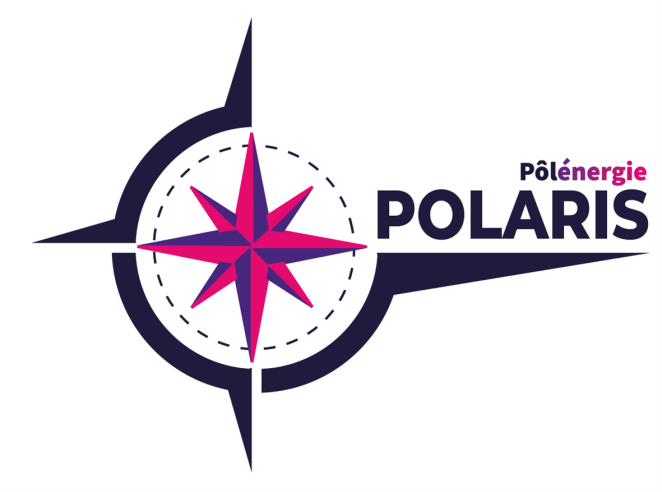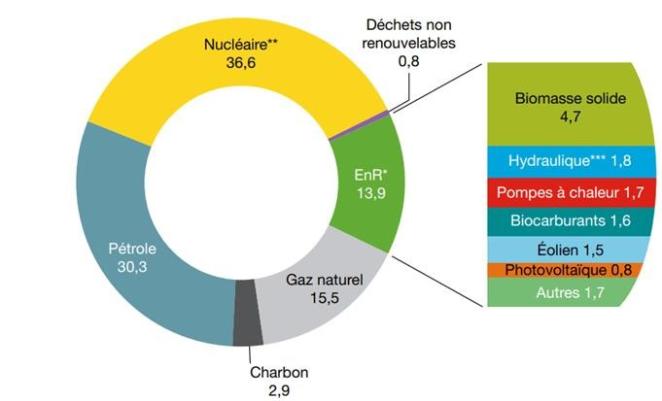Across the projects supported by Pôlénergie—and co-financed by the GRITH project—a recurring challenge keeps emerging: how to prioritise and arbitrate between diverse energy and climate actions. Polaris offers a solution.
Industrial actors often struggle to find the right balance between short-, medium-, and long-term initiatives, while also trying to align their strategies with economic imperatives and operational realities. Now, Pôlénergie has developed POLARIS—a decision-support tool designed to help companies make confident, data-driven choices in their energy transition journey.

Balancing ambition & reality
Helping companies to balance ambition with reality through robust decision-making support, Pôlénergie draws on its technical expertise, studies, audits, and successive action plans. POLARIS integrates various industrial processes, energy uses, both energy-related and non-energy-related greenhouse gas (GHG) emissions, and the economic dimensions of energy and emissions.
From there, the tool enables the application of different levels of action—from energy sobriety to energy procurement contract management. This allows for a comparison and arbitration of options based on all influencing factors within an action plan.

Four key phases
The deployment of the POLARIS tool can be broken down into four key phases:
Establishes the initial energy/climate status of the site, along with its priorities and ambitions.
Integrates all planned actions, identifying any potential incompatibilities.
Provides an overview of the action plan, along with a comparative assessment of each action based on its techno-economic performance and the site’s specific priorities and ambitions.
Challenges and monitors the strategy by simulating various scenarios—adjusting energy prices, inflation, EU-ETS carbon prices, implementation timelines, subsidies, etc.
The process begins with an impact analysis for each action, assessing its relevance against three key criteria: energy performance, GHG emissions, and profitability, while taking into account the company's production levels. This is followed by decision support based on a clear understanding of the company’s goals—whether it is to reduce energy consumption, emissions, or expenditures.
Ultimately, this tool acts as a compass, as symbolized in its logo, navigating energy and carbon ambitions within the realities of industrial production and economic constraints. It does so through the implementation of actions focused on sobriety, efficiency, substitution, and renewable energy.
The GRITH consortium was introduced to this exciting new tool during the most recent partner meeting in Sweden and received with great enthusiasm.